Considering visiting Paris in winter? Paris, the City of Light (La Ville Lumière), a city perpetually associated with romance, art, culture, fashion, history and a carefree, coffee-drinking-pastry-eating lifestyle. We have all entertained dreams of exploring this 19th Century cityscape of wide boulevards, the River Seine and breathtaking sights. But when is the best time to go? Paris is one of those cities that you could visit and enjoy at any time of the year, in 2018 it was estimated that 17.95 million tourists cascaded down Parisian streets and through the world-renowned museums and architectural sights. However, in this article, we make the case for visiting Paris in winter, and why opting for travelling during the chillier months is sure to leave you with a sense of comforting joy that you experienced one of the most romantic cities through the lens of cosy sweaters, hot chocolate, delicious flavours and exhilarating activities.
Table of Contents
- See Also
- Paris in Winter
- Paris in Winter – what weather to expect and what to pack
- Accommodation for Paris in winter
- The Marais
- Champs-Elysées
- South Pigalle
- What to do in Paris in winter
- Ice skating at the Grand Palais
- Cimetière Père Lachaise
- Les Puces de Saint-Ouen
- La Coulée Verte (Promenade Plantée)
- Shakespeare and Company Bookshop
- Angelina
- Le Crocodile
- Getting around Paris in winter and tips for staying safe
See Also
- Where to stay in Paris?
- 24 hours in Paris
- 3 days in Paris Itinerary
- Which Places to Visit in Paris
- When is the Best Time to Visit Paris?
- Day Trips from Paris, France
Paris in Winter
The winter months in France are generally described as lasting from December through February, though frequently November and March also see cooler climes. One of the primary benefits of travelling at this time is that you are likely to find better travelling prices in general, from flights to hotels. However, it must be noted that perhaps if you decide to visit during Christmas and New Year, the low price promise won’t necessarily apply. For a city associated with romance, it would be safe to expect a slight price increase in flights and hotels during Valentine’s Day celebrations as well.
Book your Paris in winter tour
France observes Daylight Savings Time, so during the winter months, when the country has transitioned back into Central European Time, it gets darker earlier. While this may seem a gloomy concept to many, there are numerous benefits we can think of for the increase in dark hours – the primary of which is that as evening and night set in, the city quite literally lights up, giving way to the glistening sparkle emanating from the Eiffel Tower’s 40km of illuminated garlands made up of 20,000 light bulbs. Moreover, if you are visiting in the run-up to Christmas be prepared to be blown away by the beautiful decorations that adorn the city. From the street decorations and fairy lights running along the Champs Élysées and Avenue Montaigne, to the Christmas trees in Place Vendôme.
With all this talk of lights and decorations, it is worth mentioning that Paris was nicknamed the City of Lights during the mid-17th Century, following the order of Louis XIV for lanterns to be placed on almost every main street and for residents to light their windows with candles and oil lamps in a bid to reduce crime. Naturally, during the Age of Enlightenment that followed, the nickname truly began to set in on a symbolic level, as Paris began to gain a reputation for being a centre of education and ideas that inspired numerous poets, philosophers, engineers, scientists, and artists.
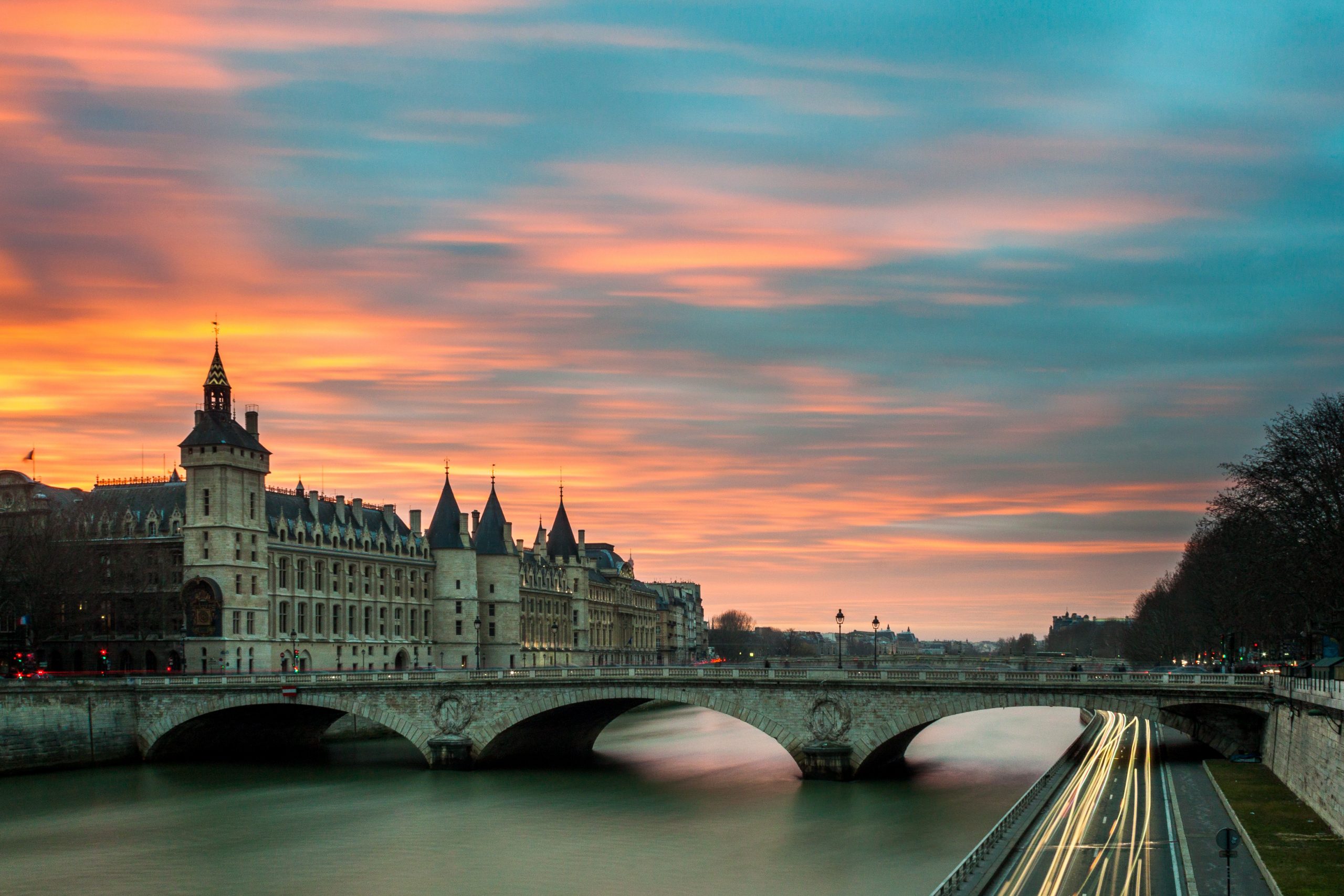
Paris in Winter – what weather to expect and what to pack
When travelling during winter it is important to be prepared for the frosty weather that awaits. The average temperature in Paris does not usually surpass 8 degrees Celsius. The lows are often around the mark of 3 degrees Celsius, and on the days where you need to factor in a wind chill, it can feel a lot colder. As such, when packing you should be sure to include many layers, warm jumpers and a warm overcoat.
Throughout your visit in the winter months rainfall is likely at any time so pack an umbrella and perhaps a rain jacket, but remain excited for when it rains the street lights reflect off the puddles on the pavements, the city is enveloped in a brooding mist, and it becomes a place that inspired many great paintings such as Gustave Caillebotte’s “Paris Street; Rainy Day”.
Book your Paris in winter festive tour here
If it is snow you are hoping to experience, then aim to plan your trip for the end of January toward the middle of February, as that is when it is most likely to snow. Although, as with many big cities, snow is unlikely to settle permanently onto the ground and for a long period of time, there are perhaps few things more magical than walking through Paris during a flurry of snowflakes cascading from the sky. As an excellent plus, the blanket of snow that may cover the city’s greatest landmarks will emanate a wintry radiance that will make you feel festive at the very least.
When thinking about what to pack, plan for the occasions that you wish to experience. Whilst layers and warm clothes are advised if you are planning on dining in one of Paris’ finer restaurants you should check whether or not they have a dress code and plan accordingly. Paris is a wonderful city to walk through, so comfortable walking shoes are also advised. Waterproof boots are also a must for visiting Paris in winter.
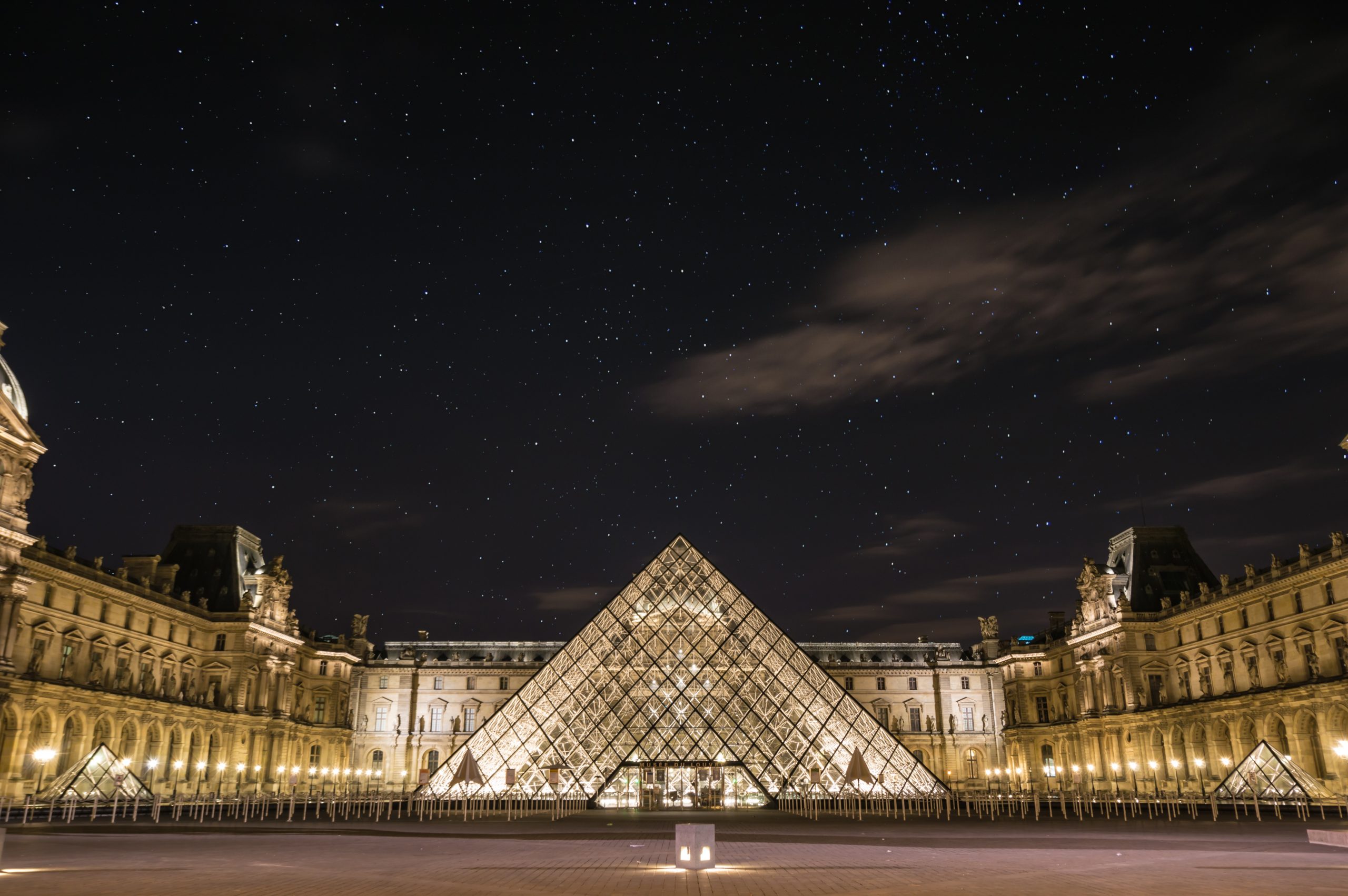
Accommodation for Paris in winter
With the advent of Airbnb thinking of where to stay has now expanded from considering hotels to also considering areas. Here are our suggestions of where you could stay depending on the type of holiday you may be looking for:
The Marais
Situated in the 3rd and 4th arrondissements, The Marais is the perfect location if you are looking for the embodiment of Parisian romance. Kept together with spacious squares, leafy parks, traditional bistros, small boutiques, and a diverse mix of independent galleries, The Marais is conveniently close to many of Paris’ famous landmarks and destinations: such as the Notre Dame Cathedral, the Louvre, the Tuileries, Hôtel de Ville, the buzzing bars of Bastille, the Pompidou Centre, and the Musée Picasso. This part of the city also boasts a colourful history that today resonates strongly with the LGBT community.
Some great hotels to stay here include:
Hôtel Jacques De Molay – within walking distance from the Pompidou Centre and the Canal Saint-Martin, this hotel includes an onsite gym, sauna and bar, whilst also including free wifi throughout the premises.
Hôtel du Petit Moulin – located around the corner from all the interesting shops around Rue Charlot, this little boutique hotel is made up of only 17 rooms. The building itself was once one of the oldest boulangeries in Paris, but was restored by Nadia Murano and Denis Nourry, who recruited Christian Lacroix for the decor.
Le Pavillon de la Reine – the perfect spot if you’re looking to treat yourself in this luxury hotel. Situated in one of Paris’ most beautiful squares and between two art galleries, this hotel is a lovely little haven for any traveller looking for both luxury and discretion.
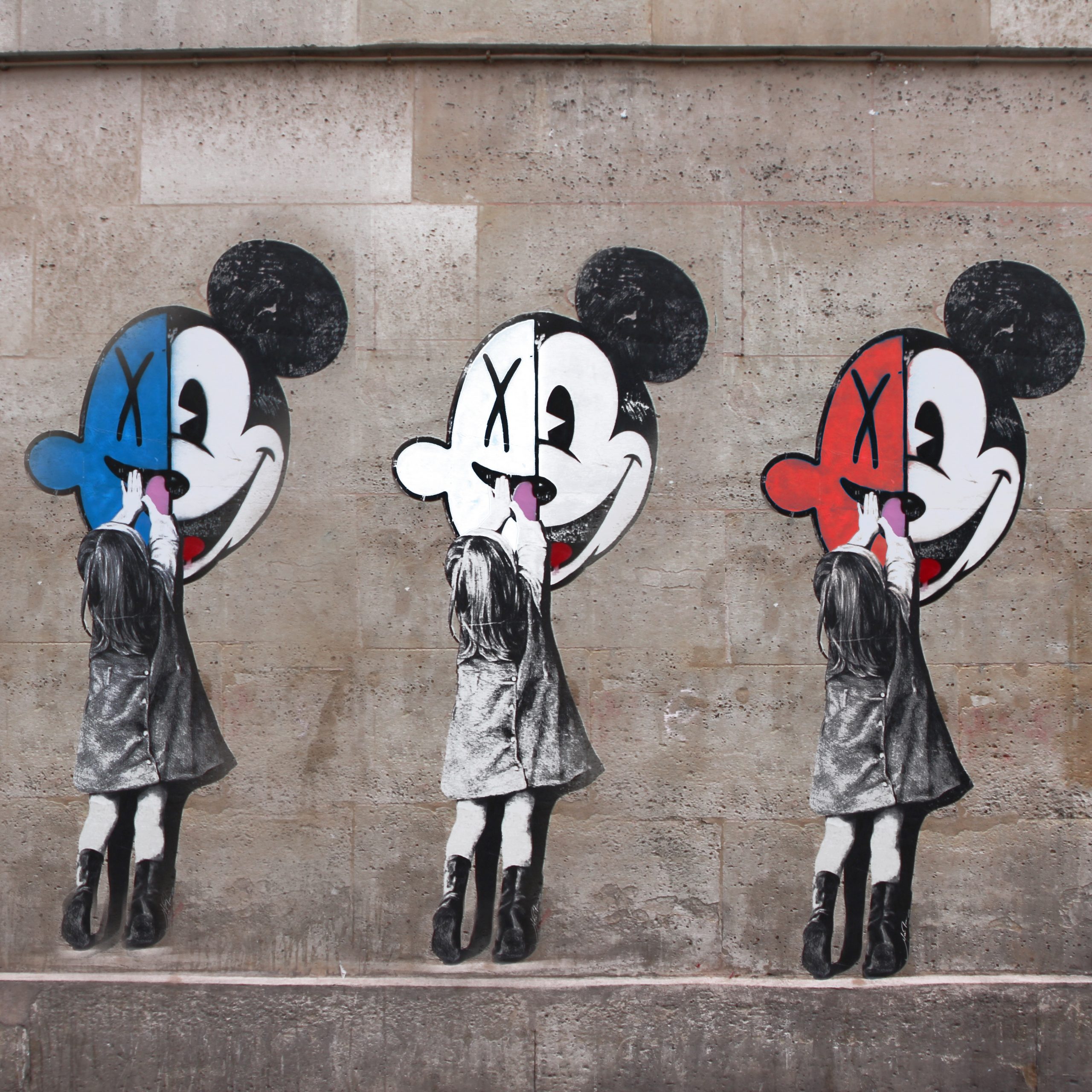
Champs-Elysées
Perhaps one of the most renowned areas in Paris, the Champs Elysées is famously associated with the Grand Palais, Arc de Triomphe and a shopping street more revered than any other. Although on the more expensive side, this iconic area is a fantastic base from which to explore Paris. For the art lovers out there, this is the area where you will find the Musée Galleria, Palais de Tokyo and Petit Palais. Just round the corner, the Marché Président Wilson is a must-see market of gorgeous fresh flowers and colourful organic produce. Due to its popularity this area is laden with tourist traps so be careful to avoid those; explore the side streets for a more authentic taste of Paris.
Some luxurious hotels for your stay in this area:
Hôtel Lancaster – perhaps one of the capital’s most beautiful hotels, the Lancaster takes detail and decor to another level. A historically significant landmark, the Lancaster has hosted celebrities such as Grace Kelly, Robert Capa and Marlene Dietrich. This hotel boasts many excellent amenities, but perhaps its most significant is its in-house restaurant La Table du Lancaster, which has two Michelin stars.
Hôtel Vernet – the epitome of luxury and elegance, the Vernet hotel has been hidden between the Golden Triangle and Place de l’Etoile for the past almost a hundred years. One of its main features is the incredible glass dome designed by Gustave Eiffel himself.
Hôtel Raffles Royal Monceau Paris – awarded its status as a luxury hotel back in 2013, Hôtel Raffles Royal Monceau Paris ticks all the boxes. It has an incredible Clarins spa, a swimming pool, excellent decor throughout and an array of art ready to be visually devoured.
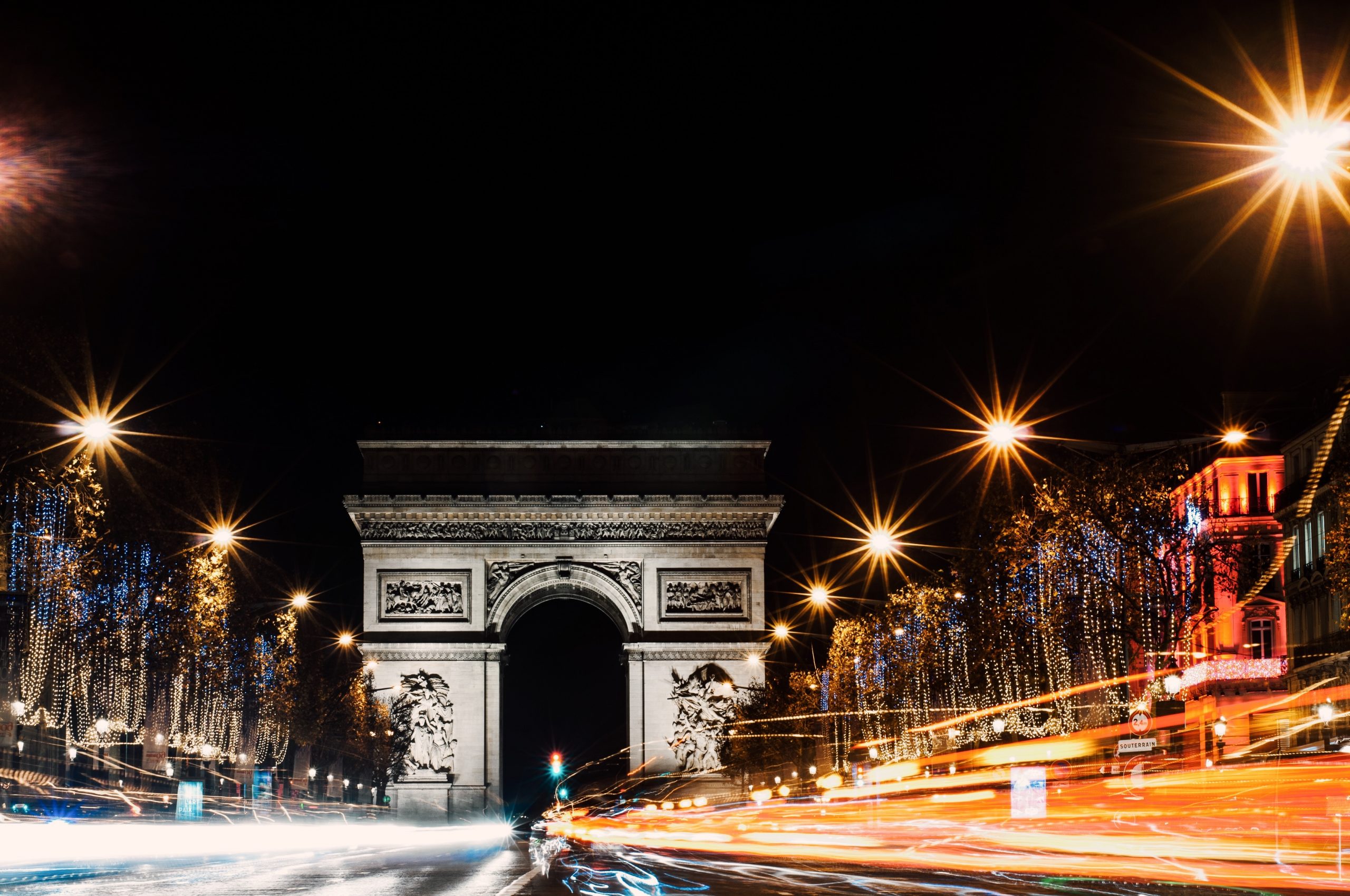
South Pigalle
Located in the 9th arrondissement, South Pigalle (or locally known as So-Pi) is the place to be if you’re after a holiday that explores Paris’ latest trends and fads. This area is to Paris what Dalston, Peckham or Hackney are to London – very hip. South Pigalle is situated around Saint-Georges, beneath the Moulin Rouge and the sex shops of Pigalle, it is adorned with a wide variety of fusion bistros, concept hotels, cocktail bars and nightlife. If you want to wake up in the morning and go on a stroll in search of delicious brunch and several hours of people watching, you want to be around here.
Some great hotels to stay at in this area include:
Le Pigalle – when you think of a concept hotel you think of Le Pigalle. Built with the vision of being a neighbourhood establishment, this hotel oozes personality. Often filled with groups of friends that are meeting up to just hang out in the area, this is a great place to stay if you want to experience the more vibrant young side of Paris.
Maison Souquet – formerly a brothel, this hotel boasts a discreet frontage with a world of surprises hiding behind its doors. Hidden away from the world, Maison Souquet continues to keep the Belle Epoque very much alive.
Le Chat Noir – the overall tone threading its way throughout this hotel is of something cosy and warm. Le Chat Noir is a lovely place for a good breakfast or a relaxed drink amongst a medley of businessmen, locals and tourists.
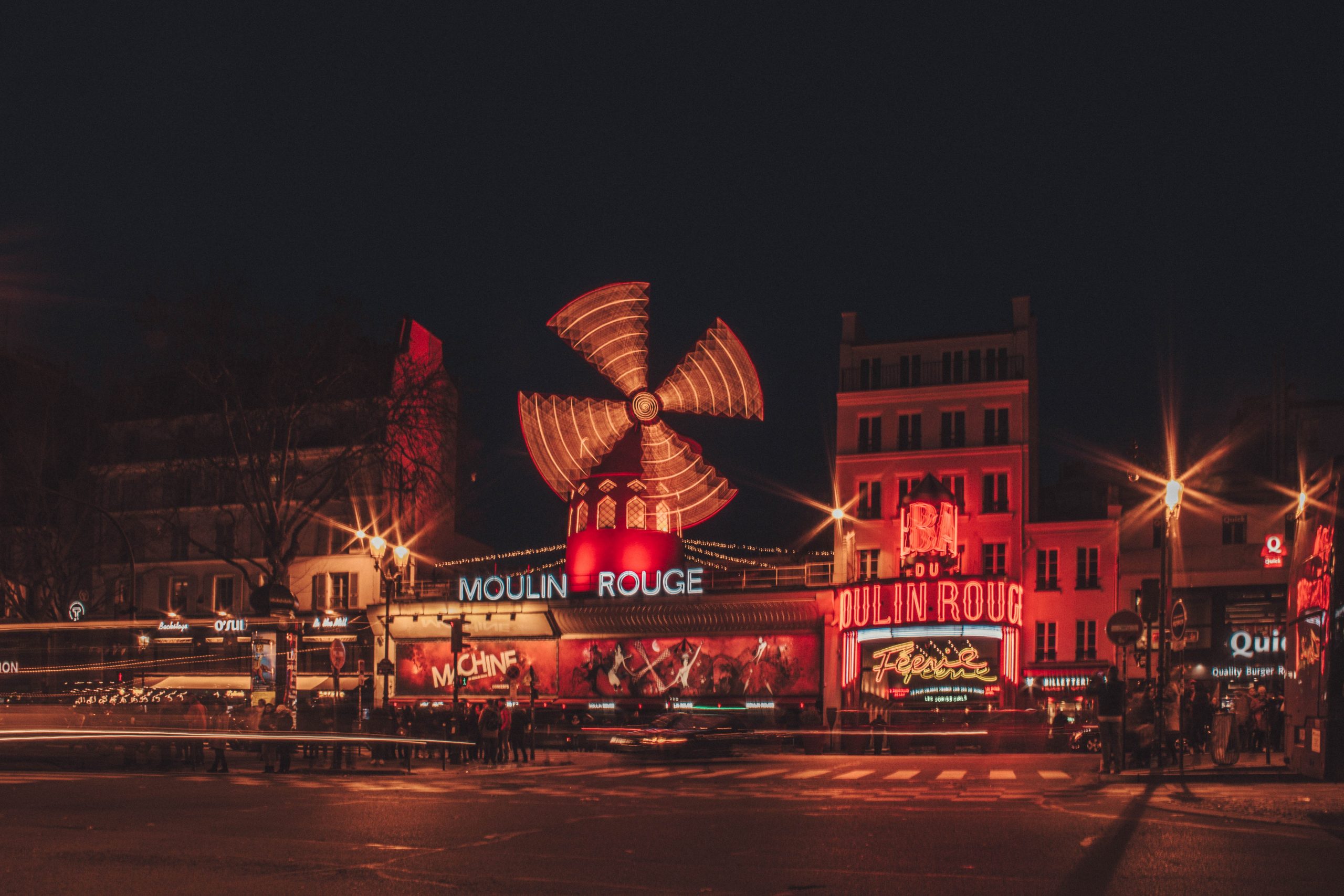
What to do in Paris in winter
Throughout the article, we have mentioned many a wonderful landmark that ought to be visited, but here we take the opportunity to focus on some activities that are wonderfully suited for the winter months.
Ice skating at the Grand Palais
During the festive season, the world’s largest indoor skating rink opens in the Grand Palais. During the day the rink is illuminated by the intricate glass roof, whilst in the evening thousands of glittering lights brighten the space and the skating rink turns into a dance floor. Here you will be sheltered from the elements, whilst creating some beautiful memories. This is an activity suitable for everyone to enjoy.
Cimetière Père Lachaise
Perhaps one of the most visited necropolis’ in the world, the Père Lachaise Cemetery opened its gates in 1804 and is the first garden cemetery of its kind. Laden with history, this landmark includes some beautiful World War One memorials, as well as Oscar Wilde’s tomb.
Les Puces de Saint-Ouen
Les Puce flea market in Paris is the largest of its kind worldwide, and it is brimming with vintage and antique treasures waiting to be rediscovered. Open during the weekend, this is the perfect place for some serious exploring. If you get there early be sure to have a leisurely coffee as you witness the world of antiques start for the day. However, be aware that if you get there after lunch it is bound to be extraordinarily busy. For those of you enticed by a more organised approach to the market, you can book yourself a guided tour here.
La Coulée Verte (Promenade Plantée)
This is the original High Line – a 5km long trail made of up of elevated gardens, the Jardin de Reuilly and tree-lined cycling paths. Although you would think of this as a more traditional spring or summer destination, La Coulée Verte is just as breathtaking in the winter. From these elevated gardens you can take a glimpse of Paris from a completely different angle, taking in architectural features such as the 1930s style muses decorating the Police station that aren’t as evident from ground level.
Shakespeare and Company Bookshop
If the cold becomes too much you can take refuge in this quaint independent bookshop just in Paris’ Left Bank, where you will be met by an array of literary variety and that oh-so-loved book smell. Opened in 1919 by an American and having changed locations throughout its early years, Shakespeare and Company is an English-language bookshop that was a gathering space for great minds such as Ezra Pound, Ernest Hemingway, and James Joyce.
Angelina
Perhaps the most famous tea house in Paris, Angelina’s is situated on 226 Rue de Rivoli in the 1st arrondissement. Founded in 1903, this landmark is primarily known for its pudding-like hot chocolate and its Mont Blanc dessert.
Le Crocodile
If you’re seeking a little bit of fun, and a more relaxed environment for some cocktails and food, Le Crocodile is the place to be. Located on 6 Rue Royer Collard, Le Crocodile has a generous happy hour until 10 pm on weekdays and over 300 cocktails for you to choose from, all served with an adorable crocodile gummy bear to tickle the fancy of your inner child.
Getting around Paris in winter and tips for staying safe
Travelling around Paris is a relatively easy experience with as the city has an extensive public transport system. Paris’ metro is one of the oldest and busiest, having been initially opened in 1900. As with any public transport system, common sense and vigilance is advised as some level of criminality has been known to occur in some stations. Alternatively, you can use the bus. Any hotel you are staying at will be able to assist you with organising transport tickets for your stay in the city, and they can also provide you with a map.
If you opt for a taxi, be sure to always ask what the minimum price will be so that you can have an idea of what to expect once you arrive at your destination. In European cities generally, taxi drivers may attempt to take advantage of tourists by taking longer routes and asking for more money. Your hotel and concierge are an excellent source of knowledge on what you should expect in terms of routing and pricing when hailing a taxi.
Paris is serviced by two airports, Paris Charles de Gaulle and Orly, both of which are approximately 30 minutes away from the city. If you plan on travelling by taxi ensure you know the price before you set off, and expect traffic during the day. Alternatively, both of these airports are serviced by shuttle buses and trains.
When travelling it is always advised that you are aware of where your country’s embassies are and that you have photocopies of your documents such as passports and IDs; in addition, you should become acquainted with the local emergency numbers. Paris is known for pickpockets so always be aware of your belongings, particularly in the winter months and when indoors as places often become crowded turning them into a little haven for those looking to take your things. Finally, keep an eye out for scammers especially in the main tourist areas. Scams in Paris may come in different forms, such as random individuals inviting you to place simple games, or people trying to hand you ‘free’ flowers and then creating a scene during which they demand payment. Firmly say no and walk away, perhaps the best rule of thumb is to avoid interacting with them altogether.

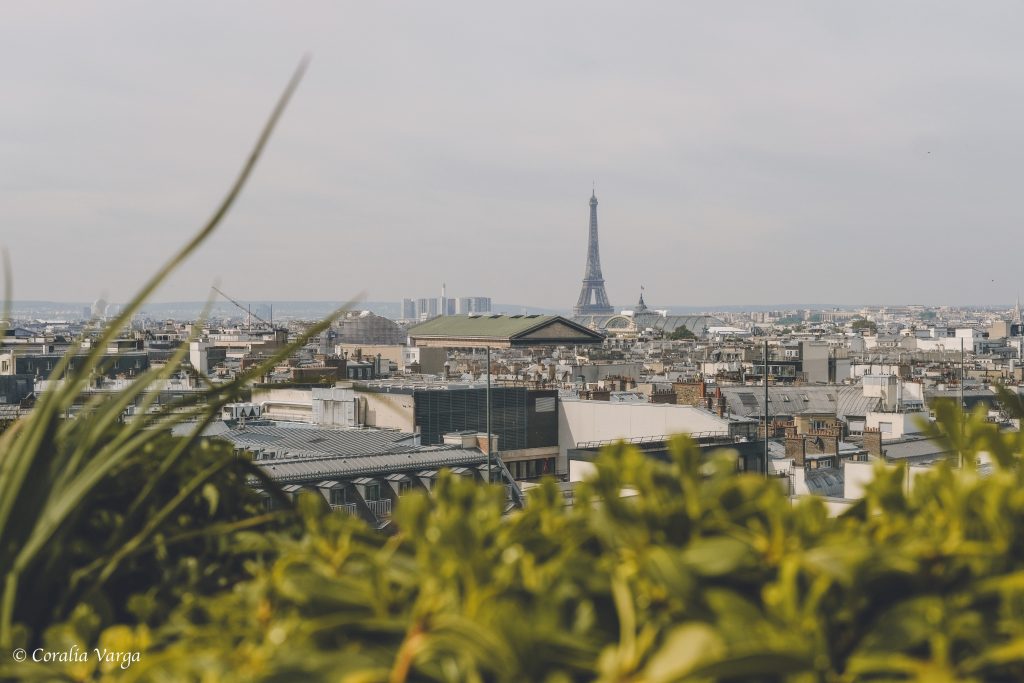
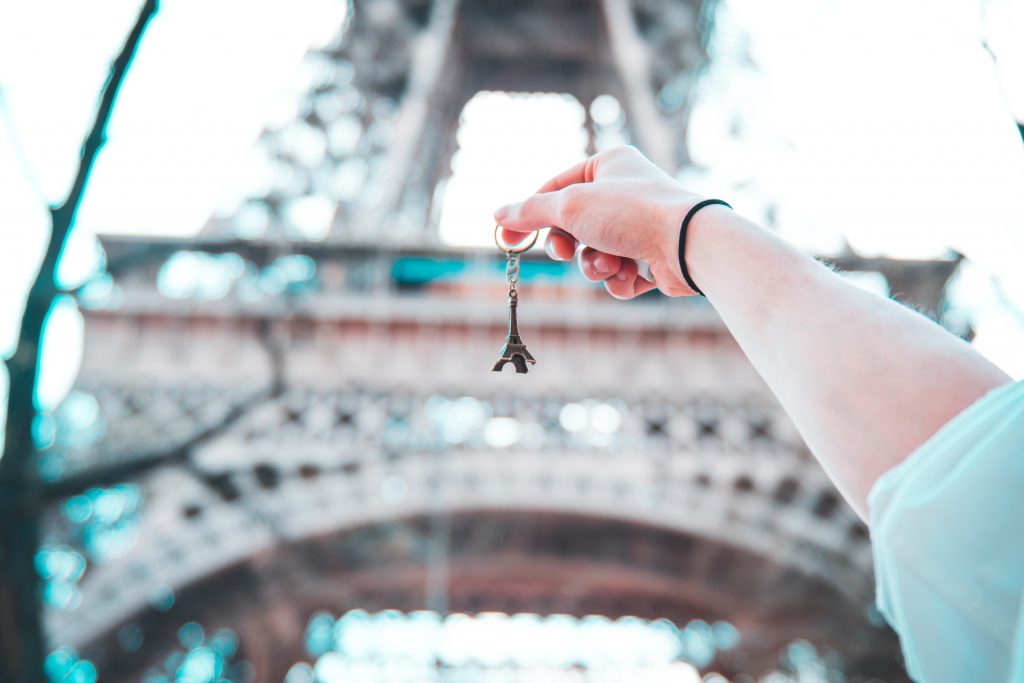
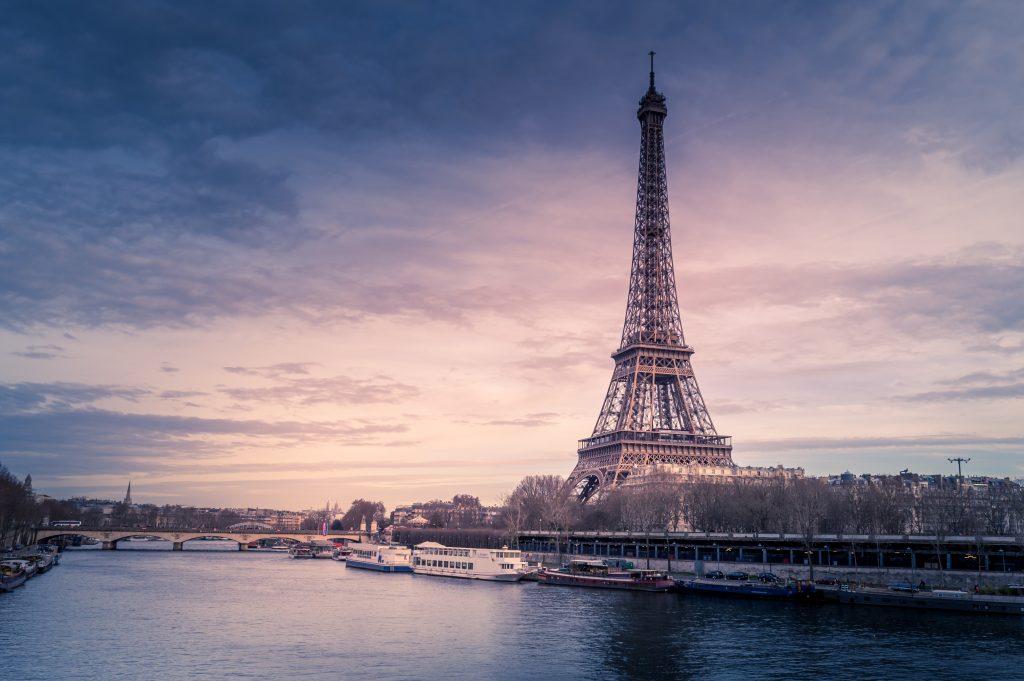
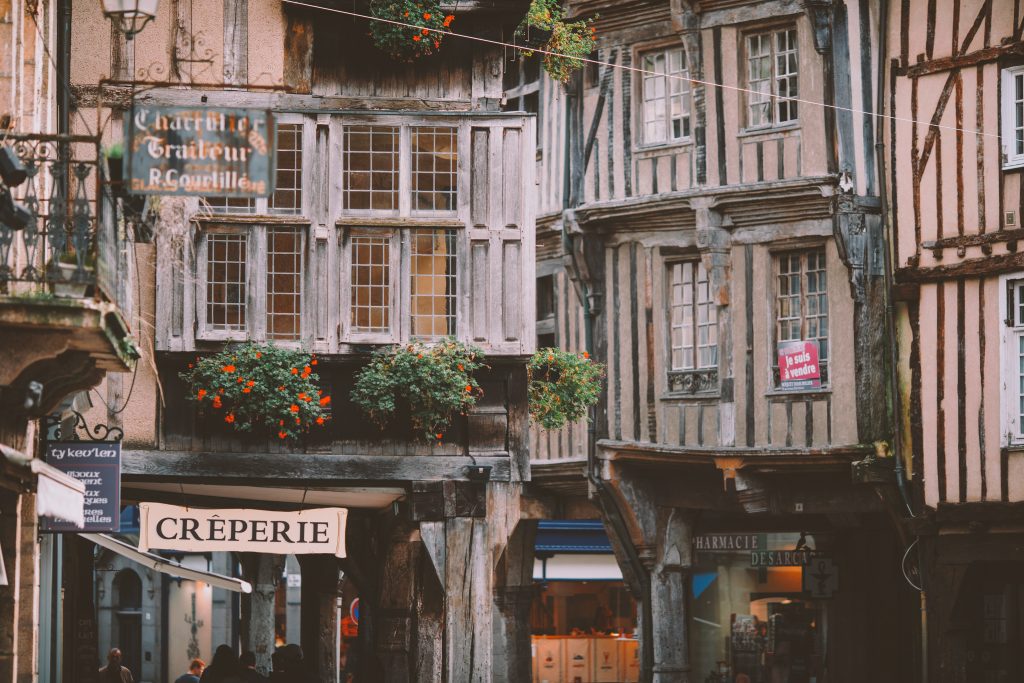
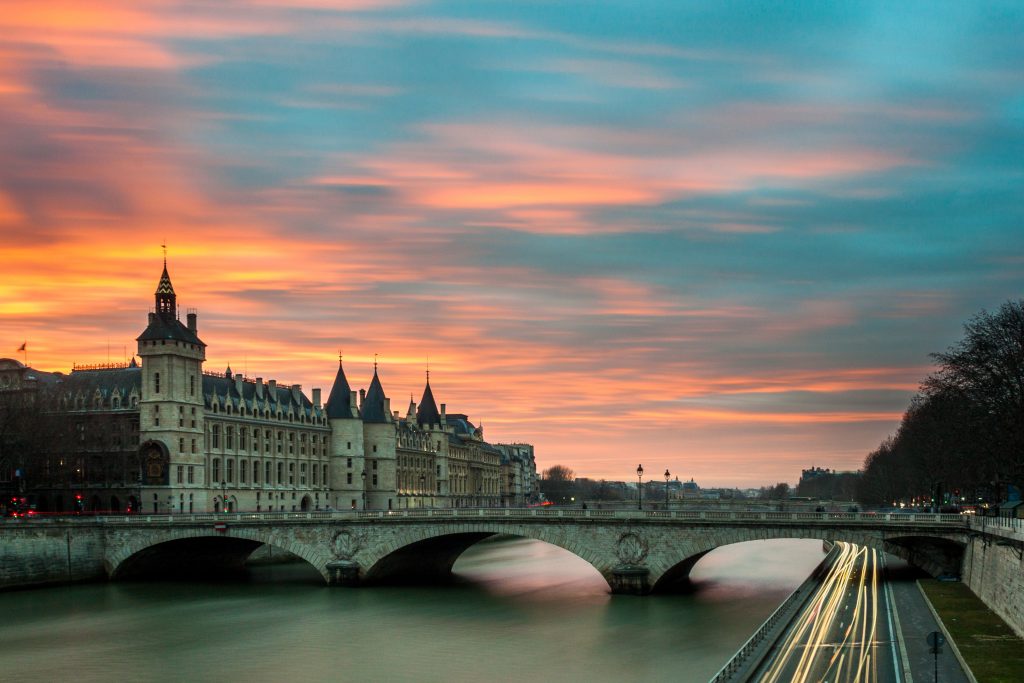
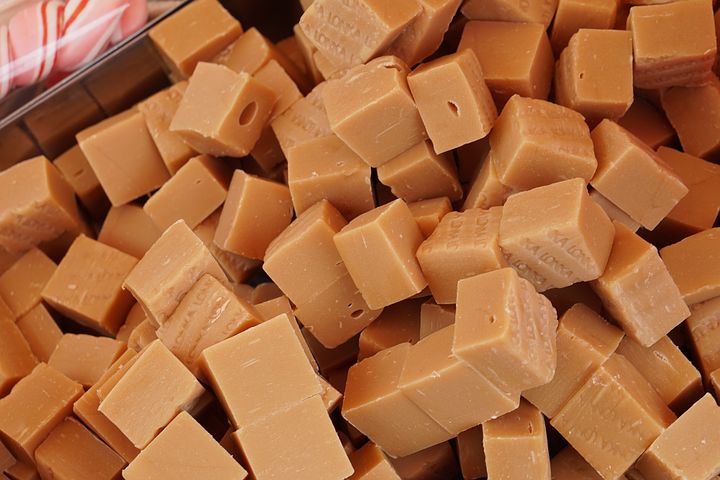


Leave a Reply